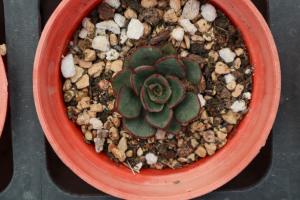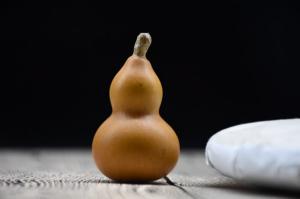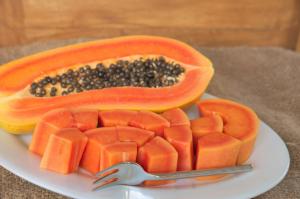Is Pollen Plant Sperm?
Introduction
When it comes to plant reproduction, you may have heard the term "pollen" being used frequently. However, what exactly is pollen? Is it the same as plant sperm? This article aims to answer these questions.
What is Pollen?
Pollen is a fine yellowish powder produced by the male part of a flower called the stamen. It is composed of many microscopic grains, each containing male reproductive cells. These grains can be carried by wind, water, or animals to the female part of another flower, called the pistil, where they can fertilize the egg cells and initiate seed production.
Is Pollen Plant Sperm?
Despite its name, pollen is not the same as plant sperm. In fact, the male reproductive cells housed in the pollen grains are called sperm cells, but they are not the same as the sperm cells found in animals. Plant sperm cells are non-motile, meaning they cannot move on their own. Instead, they rely on the pollen grains to deliver them to the female reproductive cells.
How does Pollination Work?
Pollination occurs when pollen from the stamen of one flower lands on the pistil of another flower. This can happen in a few different ways, such as through wind or animal pollination. Once the pollen lands on the pistil, it grows a tube down to the ovary where it can fertilize the egg cells. This process leads to the development of seeds, which can eventually grow into new plants.
Conclusion
In summary, pollen is not the same as plant sperm, but rather a carrier of male reproductive cells called sperm cells. Pollination, which is the transfer of pollen from the male to the female part of a flower, is a crucial process for plant reproduction. Understanding the role of pollen and pollination can help us appreciate the diversity and complexity of the natural world around us.

 how many times do yo...
how many times do yo... how many planted tre...
how many planted tre... how many pine trees ...
how many pine trees ... how many pecan trees...
how many pecan trees... how many plants comp...
how many plants comp... how many plants can ...
how many plants can ... how many plants and ...
how many plants and ... how many pepper plan...
how many pepper plan...
































